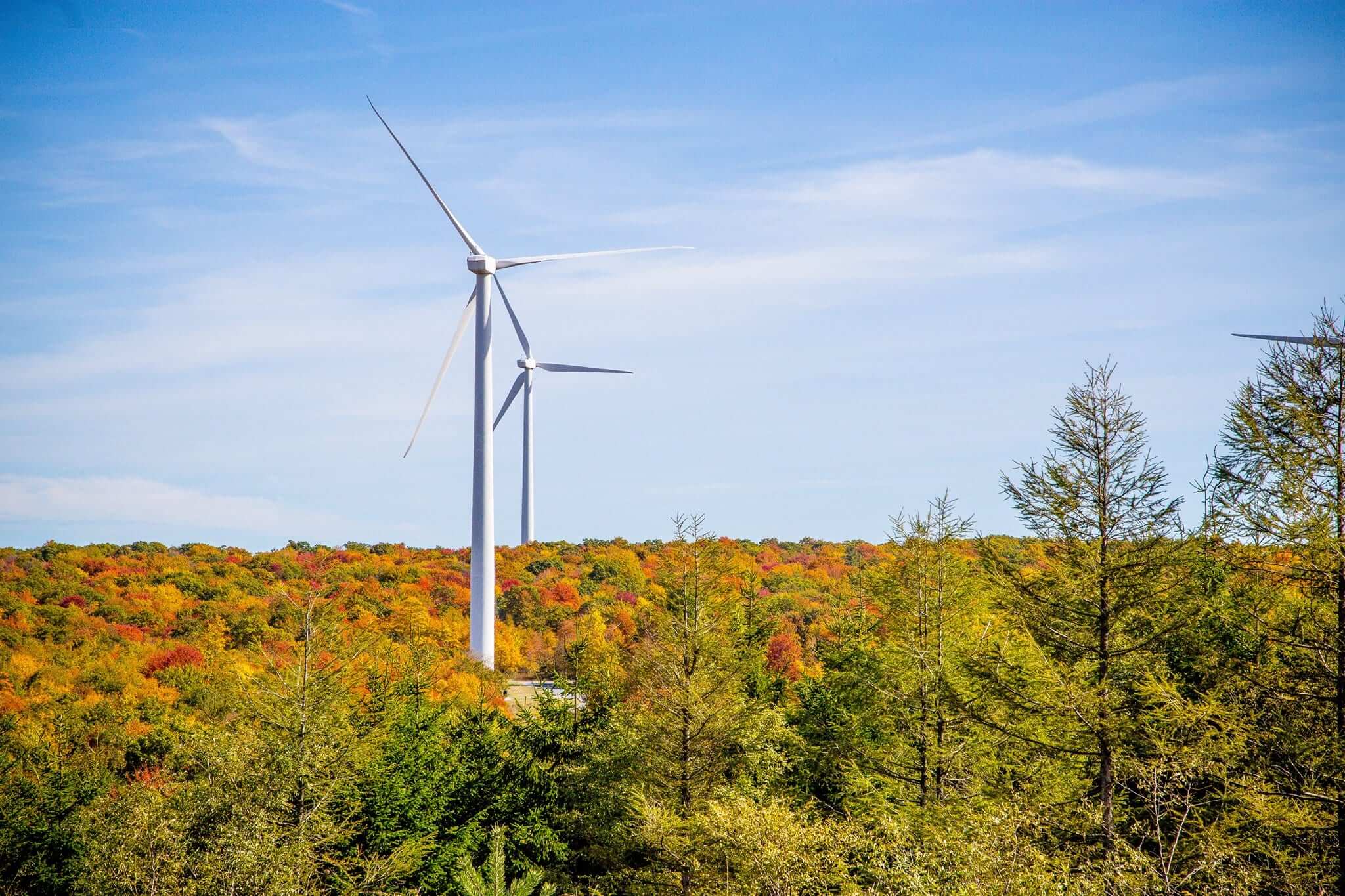How much does it cost to bail out uneconomic power plants?
As the administration continues developing plans to prop up aging, uneconomic coal and nuclear plants, many have wondered what the price tag for consumers would look like. Today, a new report is out from the Brattle Group that gives us a glimpse of what a two-year down payment for bailing out these plants could cost: between $9.7 and $35 billion a year.
Here’s a rundown of what cost figures could look like:
- $16.7 billion per year, or roughly $34 billion for two years as proposed, if every coal and nuclear plant in the country were given a uniform ($ per unit of capacity) support at the level of the average financial shortfall experienced by such plants;
- $9.7 billion to $17.2 billion annually, or roughly $20 billion to $34 billion over two years, if only those plants now facing shortfalls were given payments sufficient to cover their operating losses; or
- $20 billion to $35 billion annually, or $40 billion to $70 billion total, if power plant owners were also granted a return on their invested capital in addition to payments for operating shortfalls.
“This report clearly shows that proposals to prop up coal and nuclear resources will needlessly raise the cost of electricity and hamstring U.S. manufacturers to compete in increasingly competitive domestic and international markets,” said John Hughes, President and CEO of the Electricity Consumers Resources Council. “I fear, however, the impact is underestimated and that the actual impact on consumers will be worse.”
“Bailouts of coal and nuclear plants around the country could raise costs on American consumers and fundamentally hurt the administration’s goal of American energy dominance throughout the world,” said Todd Snitchler, Market Development Group Director at the American Petroleum Institute. “[G]overnment mandates forcing consumers to buy coal and nuclear power does nothing advance the security of our nation’s electric grid.”
“Arresting the retirement of uneconomic generating assets in the current market environment will likely prove quite costly,” Brattle notes.
As a reminder, grid operators, experts and utilities have all said that the nation’s electric grid faces no reliability or resiliency emergencies.
There is “no immediate calamity or threat” according to Federal Energy Regulatory Commission Chairman Kevin McIntyre.





